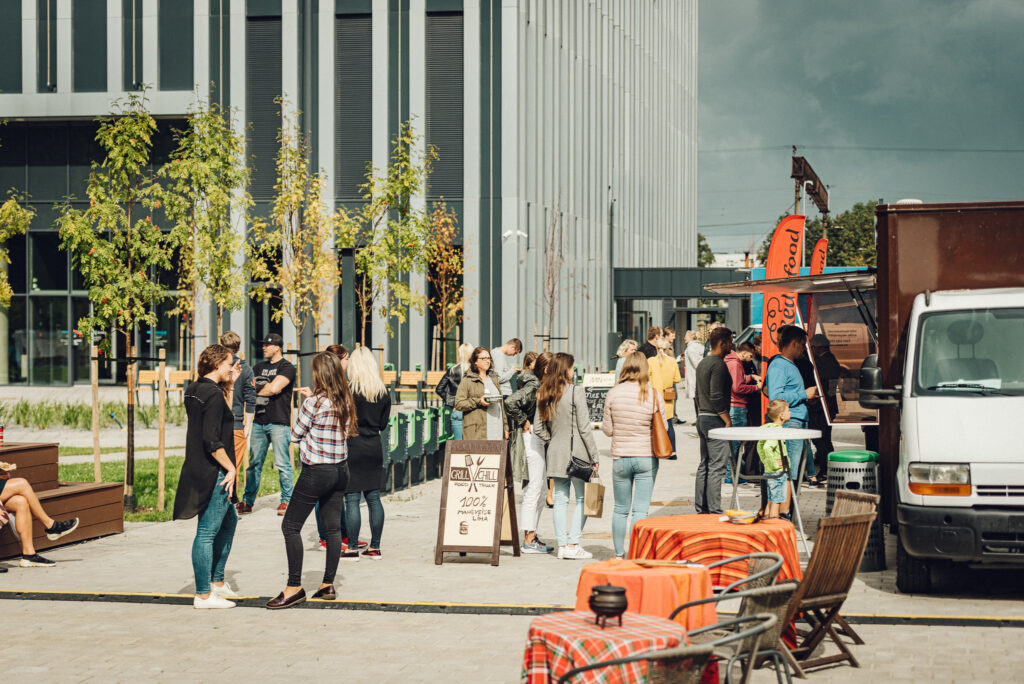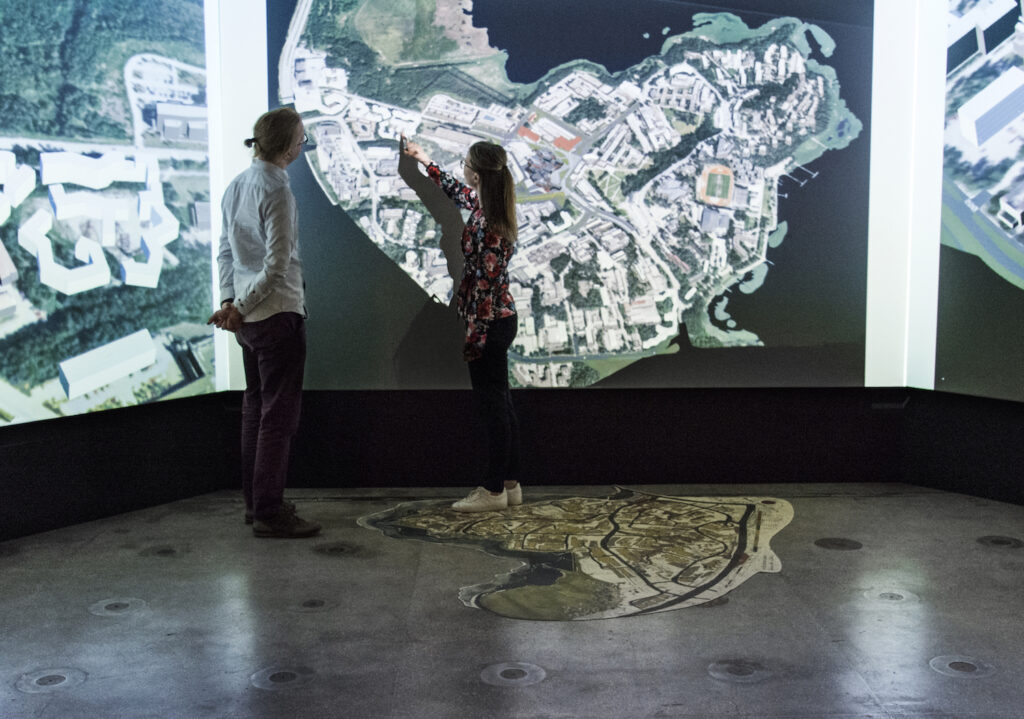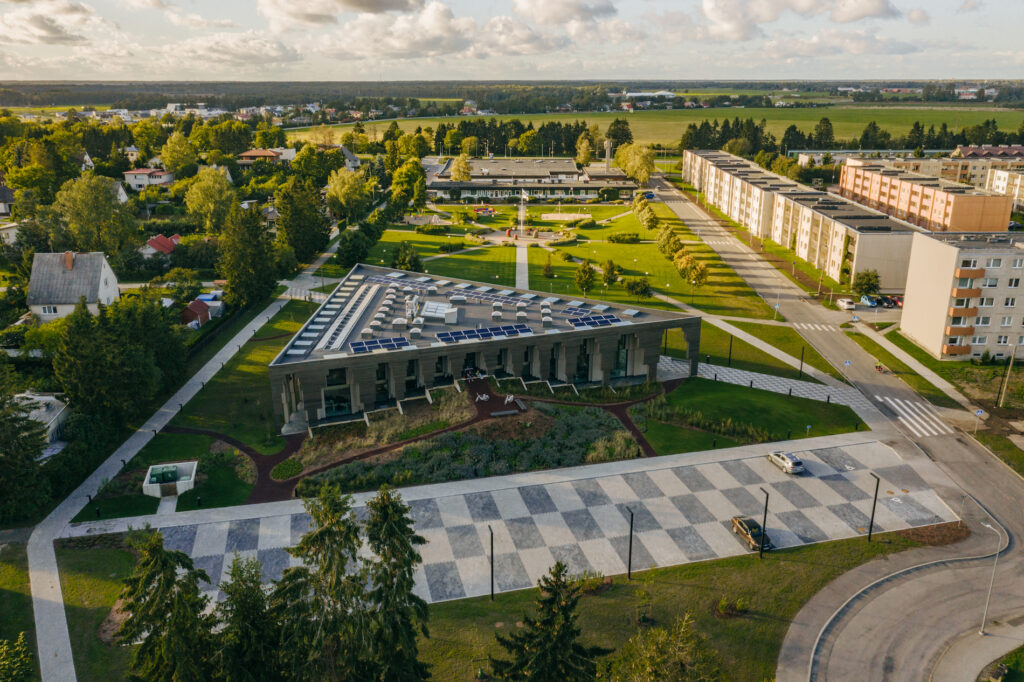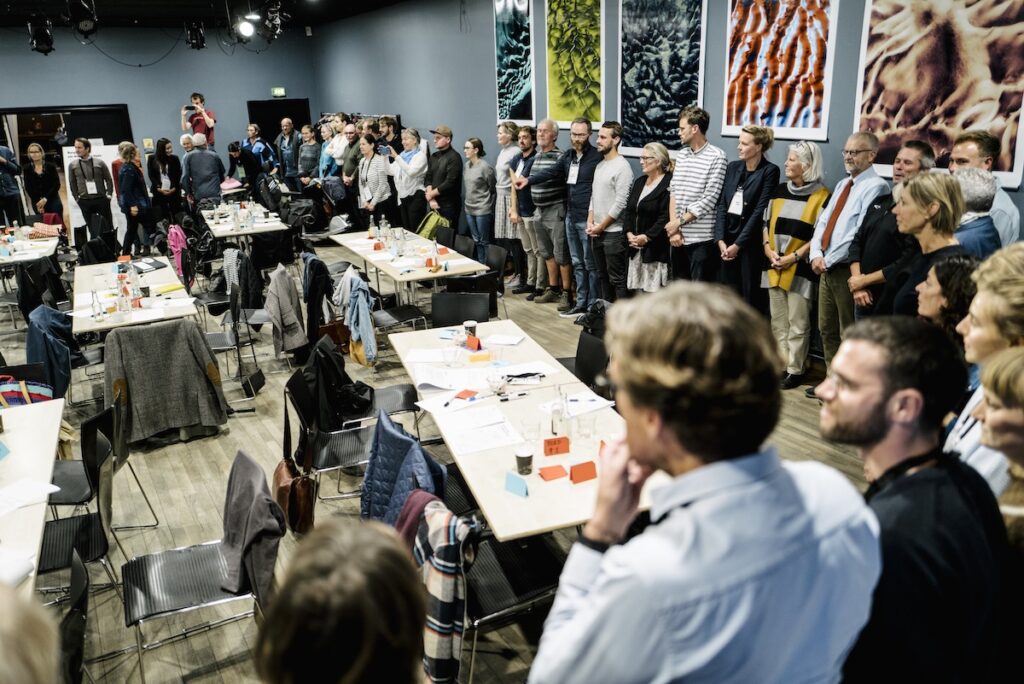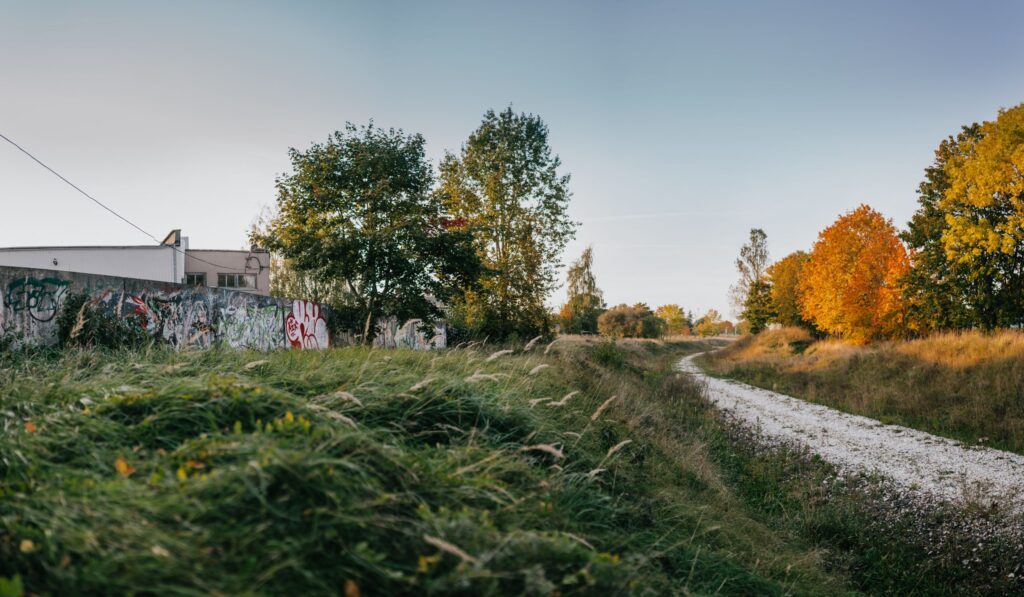The purpose of the study1 on the patterns of shrinking was to use data from electricity consumption and population register to find out the places and types of buildings in Estonia that are emptying, and to encourage discussion about the possibilities and responsibilities of property owners and municipalities in adapting the housing economy.
How can built heritage help with modern challenges?
Mida rohkem kahaneb ühistranspordi kasutajate arv, seda vähemaks jääb liine ja väljumisi ning seda raskem on konkureerida personaalsete liikuvusteenustega. Kuidas murda seda nõiaringi, mõeldes kliimakriisile?
Ülemiste City has in the past 15 years evolved from industrial urban fringe to international smart city district. We inquired from the developers about the problems they are tackling in Ülemiste district and how they are assisted by science and technology in solving them.
Achieving balance in the planning of natural and artificial environments necessitates tools that provide both the expert and the resident a comprehensive overview of landscape quality in different regions. What are the tools to assist in the analysis of life-based data?
Does the legal space facilitate or hinder us in turning living environment in Estonia smart and in a smart way?
Each public competition and design carries in itself both potential and responsibility to make a contribution to the spatial environment surrounding the building.
The greatest challenge for Estonian towns and rural municipalities is to move from governing to enabling. An enabling locality facilitates its residents’ initiative and cooperation between local actors .
Smart cities are not merely for people and robots. Due to climate change and biodiversity decline, the combination of the physical and the digital is increasingly related to the needs of all species. Combining the natural and built worlds can be assisted by biotechnology, for instance, the use of bioreactors as a source of energy and by the smart application of landscape data in urban design, for instance, by means of biodigital twins or augmented reality. It shifts our perspective and poses the most critical and intriguing challenge of a smart living environment—how to adopt a life-centred rather than human-centred approach.
The role of greenery as a climate hero cannot be measured only by the size of green areas or the number of trees. The Green Area Factor is the ability of the plot or area as a whole to balance the built environment’s climate impact.
ARCHITECTURE AWARDS





